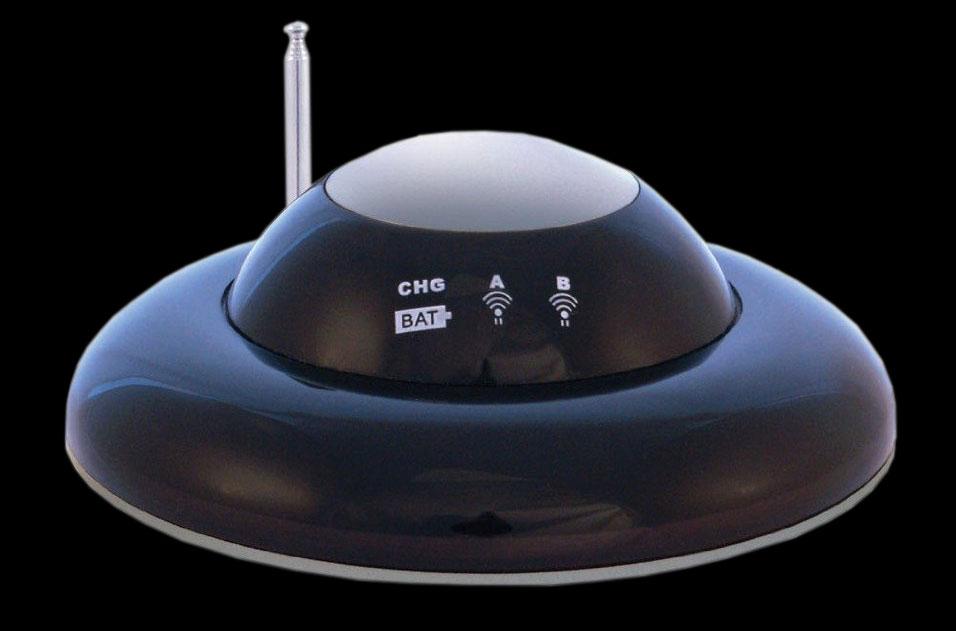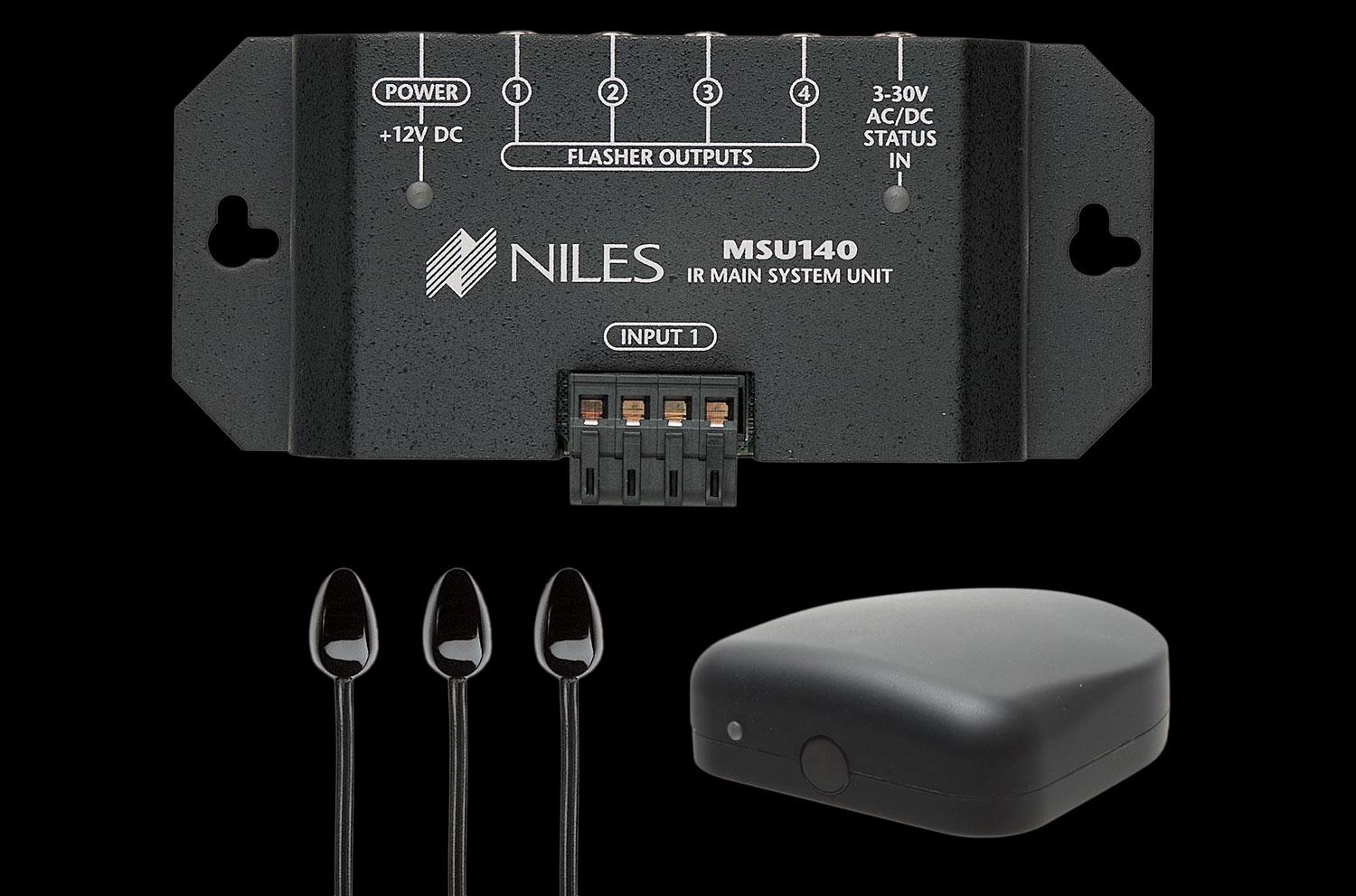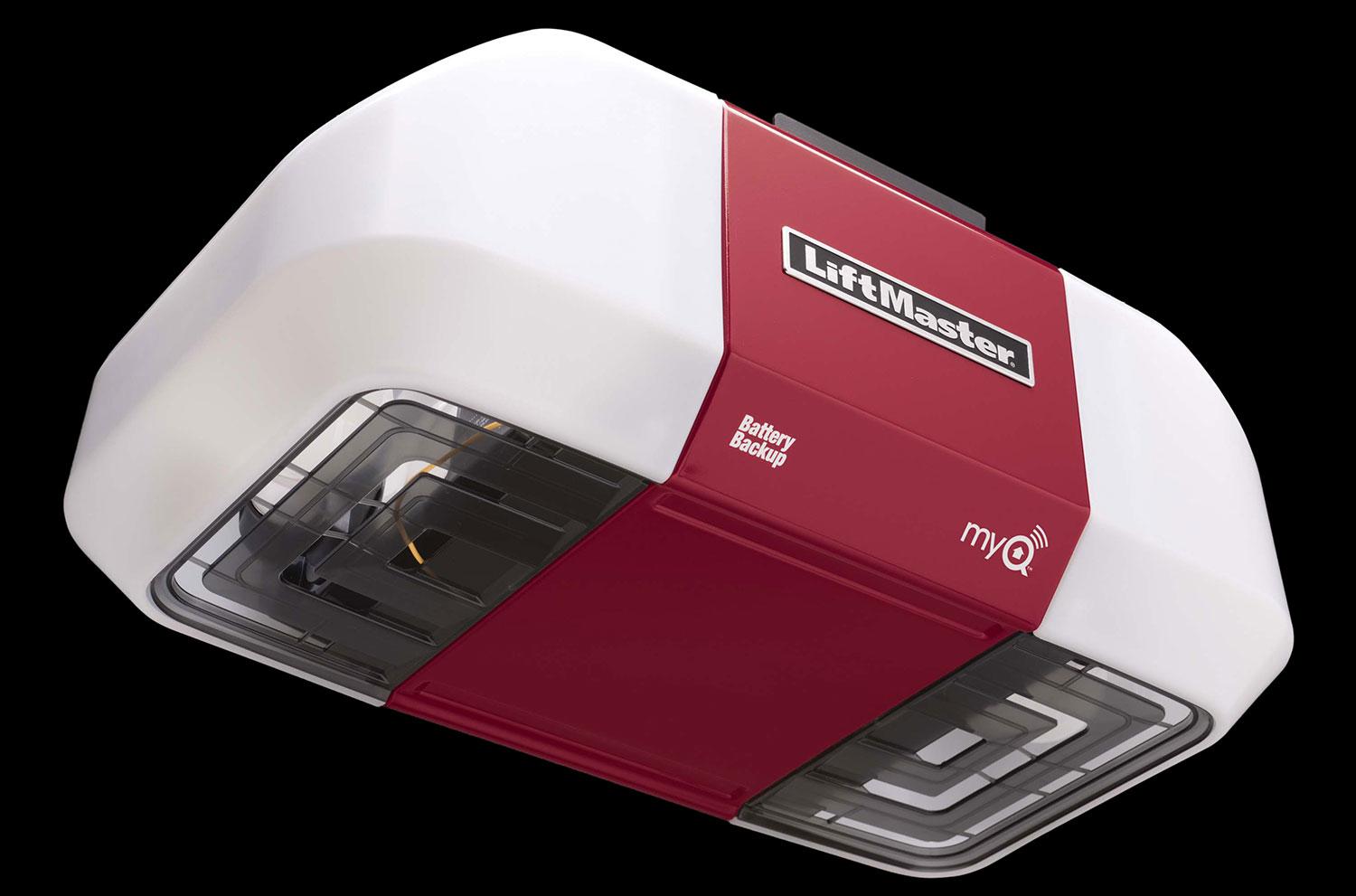
If your name is Cashworth Von Moneybottoms, there’s a ton of cool stuff you can do at your house just by whipping out your Centurion Card and flinging money at people like a feces-hurling primate.
Want to recreate the 18th green at Augusta so you can practice your own “UNBELIEVABLE! HE ROLLED IT IN TO CLAIM HIS FIFTH GREEN JACKET!” moment? Done. Want to dig a massive swimming pool in your back yard and then turn it into a chocolate fondue pit so decadent that even Willy Wonka and Caligula would applaud? Easy. Or how about building a full-scale replica of the deck of the USS Enterprise for the sole purpose of inviting over that Trek-loving dork that you don’t like and making him watch as you totally destroy the room while wearing a Vader suit and declaring, “You underestimated the power of the Dark Side!”
Awesome right?
But that stuff takes cash, son. And lots of it. But just because you don’t have a bottomless credit limit or bricks of bullion buried in the back yard doesn’t mean that you need to be living in a soulless, technology-free District of Panem. It’s the 21st Century; embrace the awesome of things you can do on your own!
As a custom installer, I help bring awesome into people’s lives on the daily. Imagine if a unicorn had sex with a rainbow. That kinda awesome. But not all of the technology that I install for people requires the special skillset that I’ve acquired over the past 15 years, nor a pen filled with enough ink to write all the zeroes. In fact, some of the coolest tech is very DIY and doesn’t cost that much.
Jedi-Like Control
At some point, having your electronics out on display became the decorating equivalent of letting an elephant take a dump in your living room. Heaven forbid that a guest comes over and discovers that you actually watch TV using a cable or satellite set-top-box! That would be the social faux pas equivalent of sticking your fingers in their mouth and then laughing about the fact that you have leprosy.
…the thermostats installed in many homes use technology that even Madam Curie would have found quaint.
Everyone wants to hide their electronics away behind closed cabinetry or in a closet in another room. (And by “everyone” I mean any females that live with you.) But once that unpleasantness has been hidden away, how are you going to control it? (I am going to assume that you aren’t, in fact, a Jedi.) There are two ways to do it, both of which will raise your tech-cred in the eyes of all who step foot into your abode.
The first way is to get a radio frequency (RF) remote control. This transmits signals from the remote to a separate receiver located near your electronics via RF, which can travel through walls all Ghost like Swayze. I love RF remotes because you never have to point them (if you own a DirecTV or DISH satellite system, you’ve likely experienced their power). Usually RF remotes are expensive and require professional programming, but for RF on the cheaps, check out the NextGen Remote Extender Genius. This bad girl uses some kind of voodoo-infused battery capable of transforming nearly any remote control into an RF model. Installation is as simple as installing a battery. And since you’ve mastered the motor skills necessary to navigate to this fine Website, I’m going to trust that even you can install it!
Option B is an infra-red extender system like the Niles Remote Control Anywhere Kit. Basically the kit is three parts: target, connecting block and emitters. You install the small, discreet target out in the open – usually to the bezel of your TV. The target is then hard-wired to the connecting block which you’ve placed by your gear and infra-red emitters plug into the connecting block all mini-jack style and then affix to the front of your gear. You point the remote at the target and it relays the commands back to your components.
- 1. NextGen Remote Extender Genius
- 2. Niles Remote Control Anywhere Kit
Whichever way you decide, install a control system and then amaze your friends with the unholy power of operating gear when it is behind closed doors and totally out of site! When they ask how you do it, just wave your hand in front of their face and tell them these aren’t the droids they’re looking for.
Aziz, Light!
Know what’s cool? Being able to flip a switch and have light fill your room. I mean, that simple $2 switch on the wall allows your fingertip to safely command enough energy to, well, I don’t know, probably seriously shock you or something. Also, candles are cool when you want to…you know…like, do stuff with your lady…but candles suck when it comes to lighting a room up for reading and computer and stuff.

But you know what’s not cool? Having to get up out of your chair to turn those damned lights off. That same switch that was so convenient moments before might as well be in Siberia once you’ve plopped down on the couch.
Now, if you’ve got the ducats, there are some very cool whole-house automated lighting systems that you can have professionally installed. I have Lutron’s RadioRA2 in my house because I drink awesome for breakfast. But if you want to ease into lighting control like a Barry White panty-dropping ballad, then I’ve got two suggestions.
Suggestion the first: Philips Hue. These are “smart” LED bulbs that you install like a regular lightbulb and then control with your smartphone. The cool thing is that the Hue bridge – which connects to your network router – can control up to 50 bulbs at a time, so you can create whole-house scenes and easily control multiple lights. Also, the lights can recreate tons of different colors, so if you want to make your house totally red and walk around saying, “Red Rum…Red Rum!” or maybe turn it all green and tell your wife that no one can be told what the Matrix is, now you totally can! Or you can make them all strobe on and off rapidly and play a fun little game of “Who’s gonna have a seizure?” The potential downside is that Hue bulbs are kinda pricey. Like $60 each pricey. Also, they are 8.5-watts (roughly equivalent to 60-watt traditional bulbs), so if you need a lot of light, they might not cut it. Also, you can’t dim them from a wall outlet; only turn them on to full bright and off.
If you have a garage… you have pondered one of the great mysteries that has plagued man for decades: Is my garage door open or closed?
A common 3-way scenario would be a hallway with switches at either end controlling the same lights. Once you’ve replaced the switch(es) with Spacer models, you can then turn them on, off and raise and lower lighting with a remote control all from the regal glory which is that chair you’ve kept since college. And because Spacer is controlled via infra-red, you can add lighting commands into your universal remote’s “Watch Movie” macro, making the lights automatically dim as the movie starts just like a real movie theater. Plus, you can use regular, cheap incandescent or halogen bulbs as bright as you like, and can still dim/raise lighting at the wall switch.
Open, Sesame!
If you own/rent a house, I’m going to assume you have a garage. And since you also have Internet access and are probably not an animal, I’m going to also assume that that garage has a door. Finally, since you’re reading this in English, I’m going to assume that you’re American and thus have a bit of laziness in you, so I’m going to further assume that your garage door has a garage door opener. Because, if not…dude… Really? My dad was in the running for Time Magazine’s Most Frugal Person Walking the Planet Not Wearing a Burka award and he has a garage door opener. So, if you have a garage and if that garage door has an opener, then at some point you have pondered one of the great mysteries that has plagued man for decades: Is my garage door open or closed?
- 1. Liftmaster MyQ
- 2. Craftsman Assurelink
But if you own a garage door opener from Chamberlain, LiftMaster or Craftsman – which is probably something like 80% of you garage door owning princes among men – then there’s a cheap and awesome way to know for certain. Chamberlain and LiftMaster call the tech MyQ, and Craftsman calls it AssureLink, but whatever name you want to pin on it, it is some serious DIY awesome. I have the Chamberlain CIGCWC Internet connectivity kit for my garage door and I have been loving it. And by “it” I mean the smug sense of satisfaction that comes from just whipping out my smartphone and showing my wife a picture of the closed garage door whenever she feels like she needs a door-status update.
The kit sells for under $100 and installs in about 15 minutes. Basically you connect the “gateway” to your router and replace your existing garage wall controller. Create a free account on line, install the free control app and you’re up and running, able to check the status of your garage door and open or close it from anywhere in the Internet connected world.
It’s Getting Hot in Herr
According to Energy.Gov, “Heating and cooling account for about 56% of the energy use in a typical U.S. home.” And if there is one thing we’ve learned, it’s that you can always trust the .Gov. If your home has central heat and air (HVAC), then you have a thermostat that regulates the temperature. Much like a regulator, this thing mounts up, telling the system when to turn on to keep the hot side hot and the cool side cool.
Except, the thermostats installed in many homes use technology that even Madam Curie would have found quaint. It’s basically a ball of deadly-deadly, toxic mercury encased in a glass tube that rolls back and forth on a bimetallic strip that blah, blah turns the HVAC system on/off.
The problem with these systems is that they aren’t super accurate, and they are dumb. Like, “Boy, that Forrest Gump fella shore is brain!” dumb. You get one setting, it is either in heat or cool mode, and people usually set-and-forget, adjusting it twice per year to change from heating to cooling and then back again.

Programmable thermostats allow you to do things like set a different temp when you are sleeping or away for work, not sucking precious energy from the planet’s core to heat/cool an empty house. But most programmable thermostats are about as friendly and intuitive as that VCR you owned that always blinked 12:00 and had about a 34% success rate when it came to timer recording.
Far more awesome are new smart thermostats like the Nest which is literally the iPod of thermostats and the Honeywell WiFi model that is a sexy-sexy color touchscreen. These models will actually learn your lifestyle patterns – when you’re home, when you’re asleep, whether you’ve been naughty or nice – and then automatically adjust to both conserve energy and keep you comfortable. They are also far cooler looking, and can be controlled from your smart phone from anywhere in the world. They can also send you alerts if the temperature in your home gets too hot/cold, letting you know that you need to rush home and save your precious Bordeaux.
Replacing a thermostat usually takes about 10-15 minutes, and requires a small screwdriver and changing out around six colored wires. Both Nest and Honeywell have terrific how-to installation videos on their sites that walk you through the process and let you know if the wiring in your home is compatible.
Lock Me, Amadeus!
We all know that the only thing keeping the ravaging zombie hordes at bay is the lock on your front door. Those mindless brain-eaters lack the fine motor control necessary to work a simple deadbolt, but they might just be able to randomly lock bump their way into your home. Then you’ve got yourself a one-way ticket to Walking Deadsville. All because you were too lazy to change out your antiquated deadbolt. Don’t become a flesh eating, reanimated servant of the apocalypse; replace your doorlock today!
At some point, having your electronics out on display became the decorating equivalent of letting an elephant take a dump in your living room.
Actually, a ton of cool new door lock tech exists, starting with keyless entry. Kwikset offers a variety of smart deadbolts with keypads that let you issue codes to members of your household to lock and unlock the bolt. This is also perfect if you need to give someone access to your house while you’re away; simply give them a code and then trust that they don’t have some Risky Business house-wrecker before you get back. They also feature SmartKey technology that lets you re-key the lock in a matter of seconds. This is perfect for when you break up with that psycho chick and don’t feel like the, “Hey, this isn’t really working out; could I get my key back?” conversation will go as quite as smoothly as you’d like.
Button pressing is all well and good if you’ve got nothing better to do with your fingers. But what if your hands are full of caramels or your right in the middle of flipping someone off? Some manufacturers, like Yale, have answered this challenge and are embedding their locks with NFC (near-field communication) technology, allowing you to just “bump” your smart phone against the lock to unlock it. (And by “smart phone” I don’t mean iPhone, because the Cupertino fruit company doesn’t support NFC yet.) The phone contains a digital key that opens the lock, and can support multiple keys for different locks/residences.

Of course, the Interweb is the final frontier for lock control, allowing you to check on the status of your smart lock from the privacy of bathroom stalls anywhere in the world! For the DIY-er out there, the choices have been less, um, existent. (Tense pause, dramatic music…) Until now! Nexia Home Intelligence has embedded its technology into a variety of Schlage locks providing all manner of remote lock, unlock and status updates via the Web. Also cool is crowdsource-funded Lockitron, whose upcoming offering appears to bring WiFi door control to a new/lower price point.
Regardless of the tech you select, replacing a deadbolt is actually not that difficult. I swapped my old deadbolt model out for a fancy, new Kwikset Control4 compatible model in about ten minutes using nothing more than my wits and a screwdriver.
Do it, now!
To paraphrase Ferris Bueller, tech moves pretty fast, and if you don’t take the time to upgrade once in a while, you could miss it. Fortunately, these upgrades are all simple to do and won’t require any black market organ sales to pay for. Now go get your awesome.
Editors' Recommendations
- The future of automation: Robots are coming, but they won’t take your job
- The OxiCool chills your house with water instead of refrigerant






